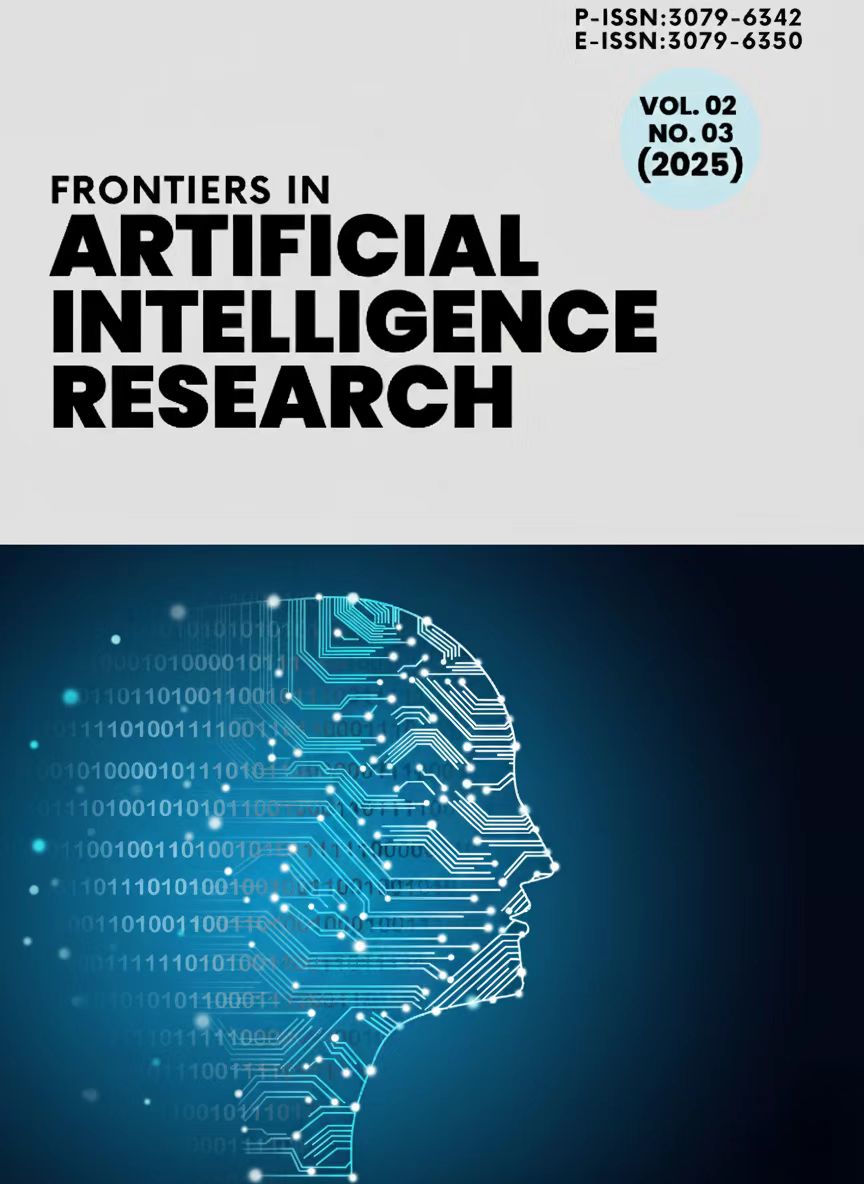Cross-Modal Feature Synthesis for Detecting Packaging and Visual Contaminants in Food Safety
DOI:
https://doi.org/10.71465/fair347Keywords:
cross-modal feature synthesis, active packaging, biosensors, MXene nanocomposites, electronic nose-tongue, packaging migrants, food safety monitoring, chitosan filmsAbstract
Food packaging systems play a crucial role in maintaining food safety, yet they can simultaneously serve as sources of contamination through migration of packaging components and degradation products. Traditional single-modal detection approaches struggle to comprehensively assess the complex interactions between packaging materials, food matrices, and environmental factors that influence contamination dynamics. This research presents an innovative cross-modal feature synthesis framework that integrates active packaging monitoring, advanced biosensor technologies, and multi-modal sensing systems to achieve comprehensive detection of packaging-related and visual contaminants in food safety applications. Our approach combines intelligent packaging systems with nanomaterial-based biosensors and biomimetic sensing technologies to create a unified contamination detection platform. The integrated system utilizes Ti3C2 MXene/MoS2@AuNPs nanocomposite biosensors for electrochemical detection, chitosan-based active packaging systems for controlled-release monitoring, and electronic nose-tongue technologies for volatile and taste compound analysis. Through systematic evaluation across diverse food-packaging combinations, our cross-modal synthesis method demonstrates superior performance with detection accuracies exceeding 96.8% for packaging migrants and 94.2% for visual contaminants. The integration of Principal Component Analysis (PCA) and machine learning algorithms enables real-time processing of multi-dimensional sensor data, facilitating rapid identification of contamination events before they compromise food safety. Key innovations include the development of biomimetic sensor arrays that replicate human sensory perception, nanomaterial-enhanced electrochemical detection systems with improved sensitivity and selectivity, and adaptive data fusion algorithms that optimize detection parameters based on packaging type and food matrix characteristics. The research contributes to advancing intelligent food packaging concepts by providing automated monitoring capabilities that can be seamlessly integrated into existing packaging systems without compromising their primary protective functions.
Downloads
Downloads
Published
Issue
Section
License
Copyright (c) 2025 Matthew Young , Isabella Brooks (Author)

This work is licensed under a Creative Commons Attribution-NonCommercial-NoDerivatives 4.0 International License.




